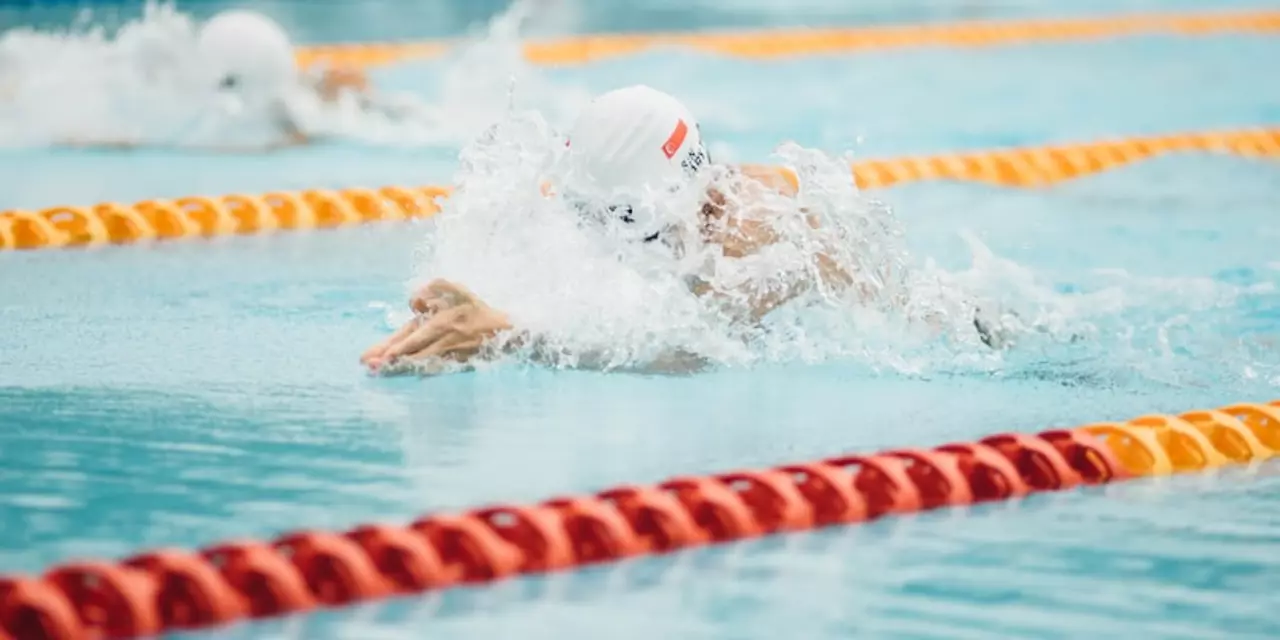Fitness for Open Water Swimmers: Boost Your Stamina and Safety
Open water swimming feels different from a pool lap. The waves, temperature changes, and lack of walls mean you need a specific fitness plan. Below are easy-to‑follow tips that help you swim longer, feel stronger, and stay comfortable in the water.
Build Endurance Efficiently
Start with a steady base. Swim three times a week, mixing 30‑minute steady rides with short, faster bursts. For example, swim 5 minutes easy, then sprint 30 seconds, repeat four times. Over weeks, add 5‑minute increments to the easy portion. This method raises your aerobic capacity without exhausting you.
Cross‑training helps too. Try a 20‑minute bike ride or a jog at a conversational pace once a week. Your heart stays conditioned, and your legs get used to moving in a rhythm similar to swimming strokes. Keep the intensity low; the goal is to support swimming, not replace it.
Stay Safe and Comfortable
Foggy goggles are a nuisance that can ruin a session. Before each swim, rinse the lenses with warm water, add a drop of baby shampoo, swirl, then rinse again. The thin film stops fog from forming. Store goggles in a dry pouch to preserve the coating.
Cold water can drain energy fast. A simple wetsuit or a neoprene cap adds insulation, letting your muscles stay warm longer. Warm up on land with arm circles, leg swings, and dynamic stretches for five minutes. This raises core temperature and reduces the shock of cold water entry.
Shark anxiety is common, but data shows attacks are rare. Stick to popular swim spots, avoid swimming at dawn or dusk, and stay in groups. If you spot a shark, stay calm, maintain eye contact, and swim back to shore with steady strokes. Knowing the facts keeps fear from hijacking your workout.
Strength work complements the water. Two bodyweight sessions per week—push‑ups, planks, squat jumps—target the core and legs used most in open water strokes. A strong core improves balance in choppy water, while powerful legs boost kick efficiency.
Nutrition matters too. Eat a light carb‑protein snack 30‑45 minutes before a long swim—think a banana with peanut butter. During sessions longer than an hour, sip a sports drink to replace electrolytes lost through sweat.
Track progress. Use a simple log: note distance, conditions, how you felt, and any gear issues. Over time you’ll see patterns—maybe a certain water temperature slows you down or a new pair of goggles improves visibility. Adjust your plan based on those insights.
With these straightforward steps—steady endurance work, practical safety habits, strength training, and a bit of tracking—you’ll feel more confident and faster in any open water setting. Keep the routine simple, stay consistent, and enjoy the freedom of swimming in the wild.

Can I get fit just by swimming?
Swimming is an excellent way to get fit and stay healthy. It is a low-impact form of exercise that can provide a full-body workout, as well as many other benefits. Swimming can improve your cardiovascular fitness, strengthen and tone your muscles, and help you to lose weight. It is also a great way to relax and de-stress. With regular swimming and a healthy diet, you can see significant progress in your overall fitness and health.